Techradar smartphone hall of fame
Every 5-star smartphone ever
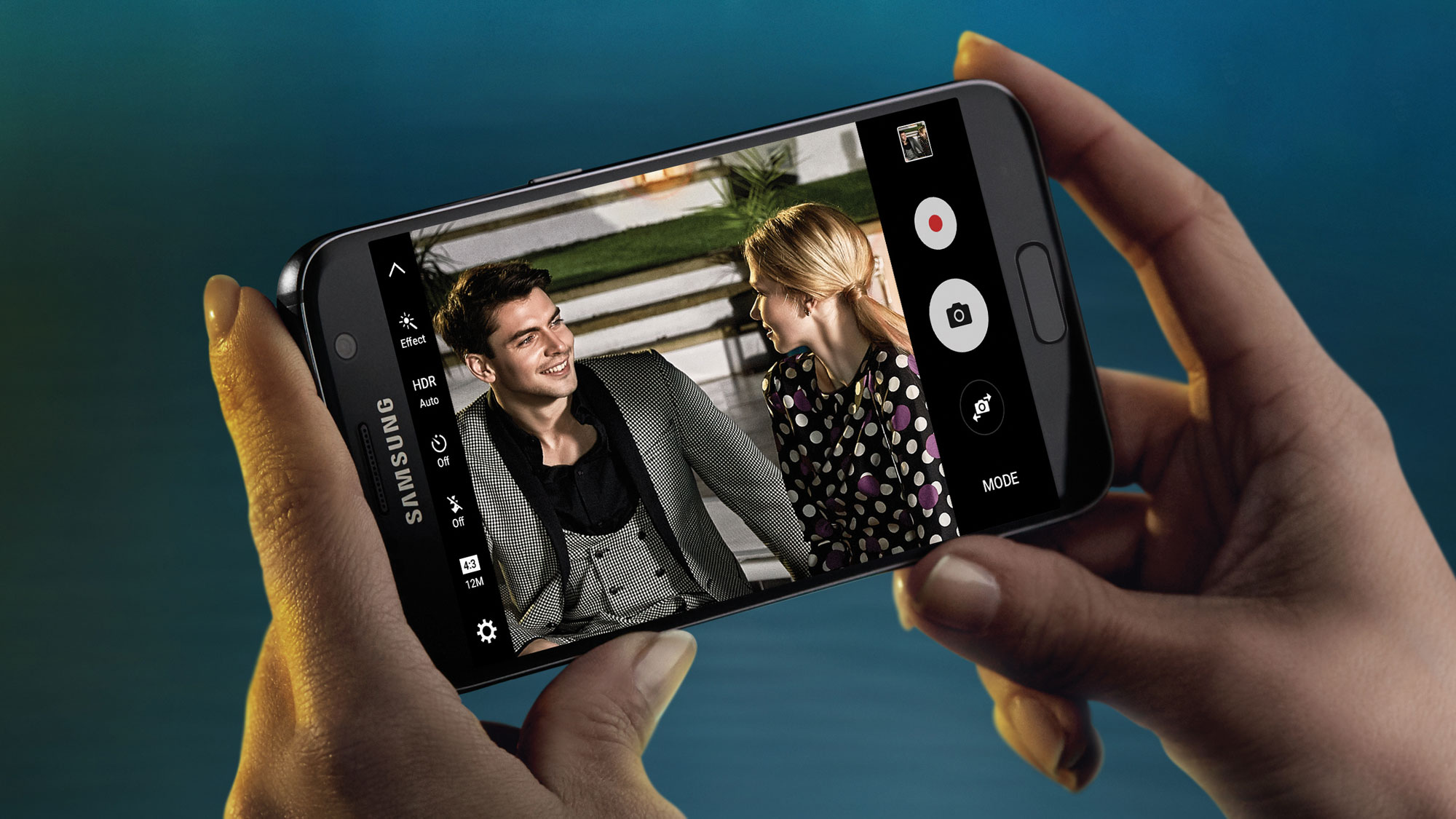
TechRadar smartphone hall of fame
The techradar five-star review is the holy grail for any manufacturer of technological goods, and in the smartphone world it's just as elusive as the fabled religious goblet.
In fact, since the unofficial creation of the smartphone in 2007 with the launch of the original iPhone, just six handsets have made the five-star grade.
That's six out of hundreds and it's an achievement that's worth immortalising. That's why we've collected them all here for our hall of fame, where newer phones can be celebrated and old ones can live on, long after they've been traded in for a more recent model.
What does it take?

So what does a phone need to do to garner the much coveted techradar five-star review?
Specs alone won't cut it. Your phone may have the best screen ever seen on a mobile device and a camera with a million megapixels, but they're meaningless if they don't coexist with elegant software, eye catching design and slick performance.
And that's just the start. We test every aspect of every phone we review, from the basics including call quality, text messaging and web browsing to speaker performance, battery life and the small, yet significant software nuances.
All of this then has to come together into one single package which makes you feel empowered. A five-star phone is one you pick up and never want to put down.
It's definitely not easy to do, but when it does all come together it's a very special feeling.
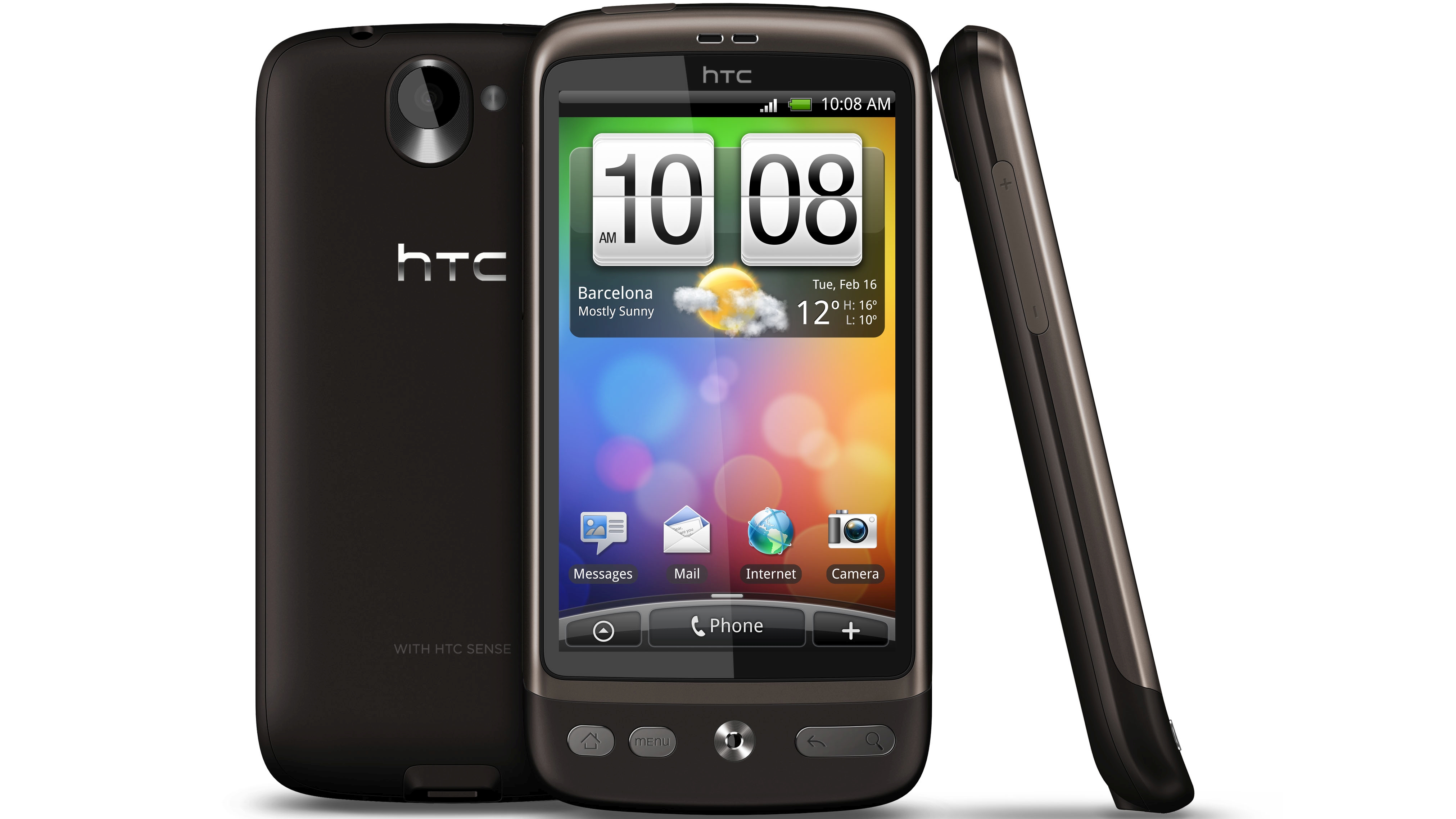
HTC Desire - 2010
Cast your mind back to 2010. Smartphones were in their infancy, Android was running at version 2.1 (aka Éclair) and the Desire's biggest rival was the iPhone 3GS, before the suspiciously Apple-like Samsung Galaxy S and signal death-grip iPhone 4 launched a few months later.
In terms of specs you got a 3.7-inch 480 x 800 display - which was huge back then - and a 1GHz processor.
In short, this is a phenomenal phone
These were big specs for the time, although looking at the rest of the line up you wouldn't believe it now. There was 512MB of internal storage (an 8GB microSD card came in the box), 576MB of RAM and a 5MP rear-facing camera with no front option.
This was a time when HTC's Sense UI was in its heyday, taking the still stuttering Android and adding a layer of professional polish which made it a joy to use.
As we concluded in our review "the screen is lovely, the design is slick and the processor makes everything happen in a flash - all you'd want from a smartphone.
"A stunning phone, and one that will show the world that Android isn't just for the hackers and phone geeks any more."
- Read our HTC Desire review
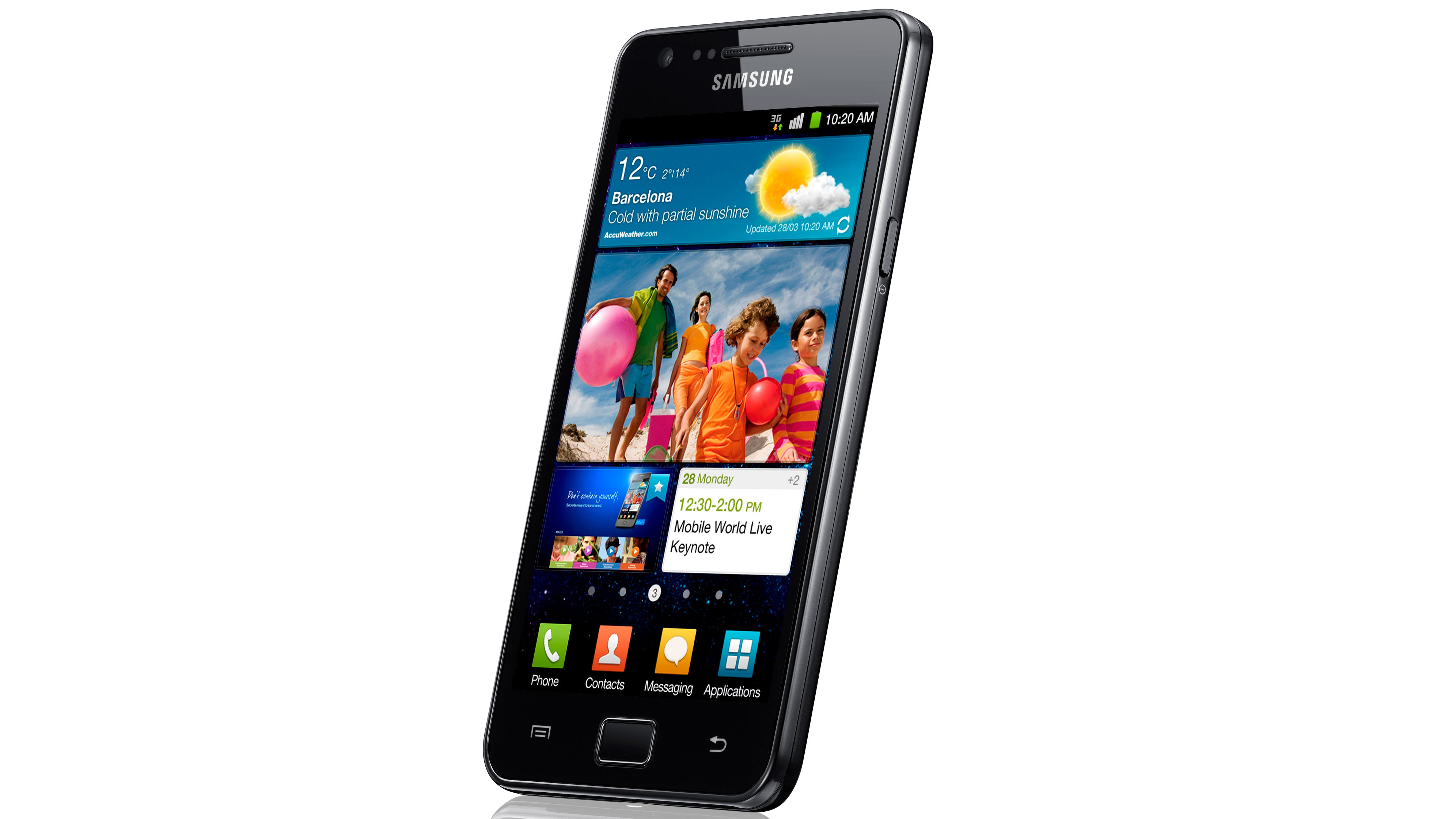
Samsung Galaxy S2 - 2011
Samsung's first S line handset gave the South Korean firm a rejuvenated foothold in the brave new smartphone world, but it was the Samsung Galaxy S2 which really put it back on the map.
The first thing that struck us about the S2 was the screen - at 4.3 inches it was an absolute beast. Its rivals were tiny in comparison, the Desire S had a 3.7-inch display while the iPhone 4S was stuck at 3.5 inches.
A phone we're excited to whip out in a pub and show off to our friends
Its dual-core processor was lightning fast, the Super AMOLED screen wowed us and the slender 8.5mm frame made it one of the thinnest phones around.
Then there was the 8MP rear camera, 2MP front snapper, 1GB of RAM and Android 2.3.4 Gingerbread operating system.
"The Samsung Galaxy S2 is a phone we're excited to whip out in a pub and show off to our friends" we cooed in our review,"– it's the ultimate media mobile, the next generation in web browsing thanks to slick Flash integration, a very good replacement for a pocket camcorder and, goshdarnit, it makes calls pretty well too.
"The Samsung Galaxy S2 has not only set a new bar for smartphones; it's smashed the bar, recreated it in its own image and put it out of reach of the competition."
- Read our Samsung Galaxy S2 review
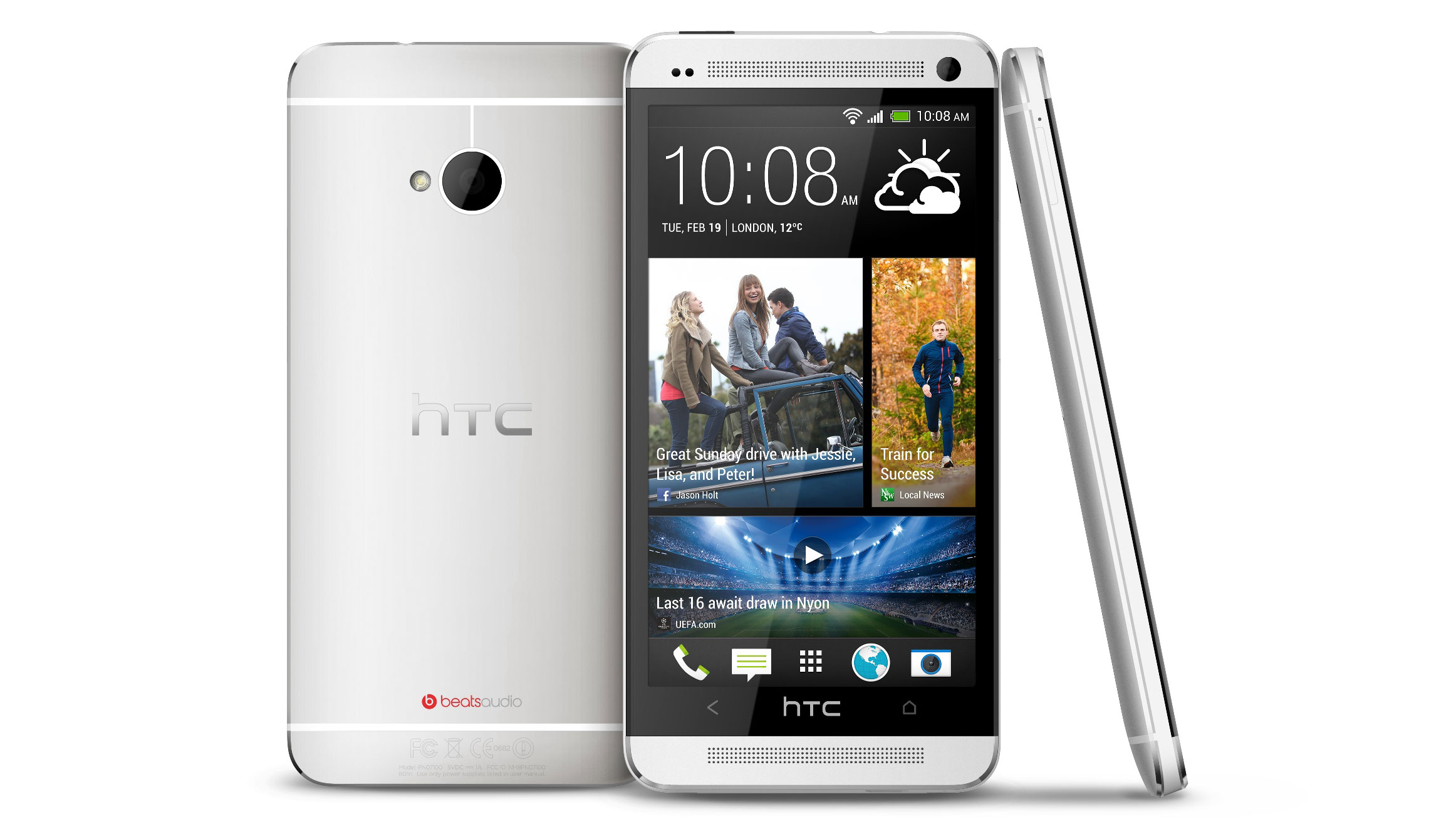
HTC One (M7) - 2013
The HTC One was a game changer in more ways than one. It redefined the way we approached smartphone design, cameras and, believe it or not, speakers.
Its all-metal body was a breath of fresh air, with the curved rear hugging your palm in a truly satisfying manner while oozing premium quality.
The HTC One stands head and shoulders above the rest
Flip it over and instead of the traditional megapixel race, HTC took a different direction with its new flagship and introduced us to the world of UltraPixels.
While some confusion occurred over what exactly that meant, in short the pixels were bigger, allowing in more light and making for impressive low light shots.
Then there was the fact the One packed dual front-facing speakers and BoomSound, giving more oomph to your tunes.
We summed up this five-star handset by saying "this is the best HTC phone ever, without a doubt. But we'll go one better than that: it's the best phone on the market full stop.
"The Galaxy S4 is sleeker and the iPhone 5 is, well, Apple-ier. But for the overall package of smartphone design and functionality, the HTC One stands head and shoulders above the rest."
- Read our HTC One review
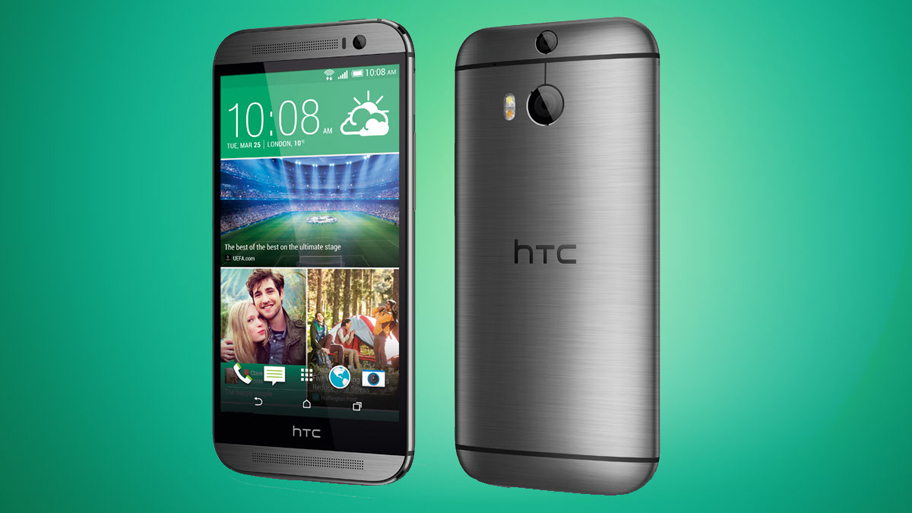
HTC One (M8) - 2014
Building one great smartphone is difficult enough, but to repeat the trick a mere 12 months later is nigh-on impossible. However, against all the odds, HTC managed to do just that with the One M8 in 2014.
HTC took the elegant design of the original One and made it rounder, smoother and even more premium. There was no question about it, this was a great looking smartphone, and felt wonderful to hold.
HTC has done it again: created a stunning phone with very few flaws
The Sense UI sported a cleaner, more refined look on top of Android KitKat, while with the snapper on the back the Taiwanese firm had once again turned the camera phone market on its head.
Committed to its UltraPixel path, the One M8 sported two lenses on its rear which worked in unison to give your photos more depth and the ability to adjust the focus point after snapping a shot. Rivals built digital solutions to this in their flagships, but HTC clearly had the best method.
"The HTC One M8 is a brilliant smartphone with very few flaws. Its main strength is design, but I don't think that's a negative as many brands still seem keen to race on specs rather than attracting users when they wander into a shop to buy something.
"It doesn't really skimp on specs though – even the camera has some rationale behind it, rather than something to apologise for – and the audio capabilities, be it the BoomSound speakers or the music reproduction, are excellent."
- Read our HTC One (M8) review
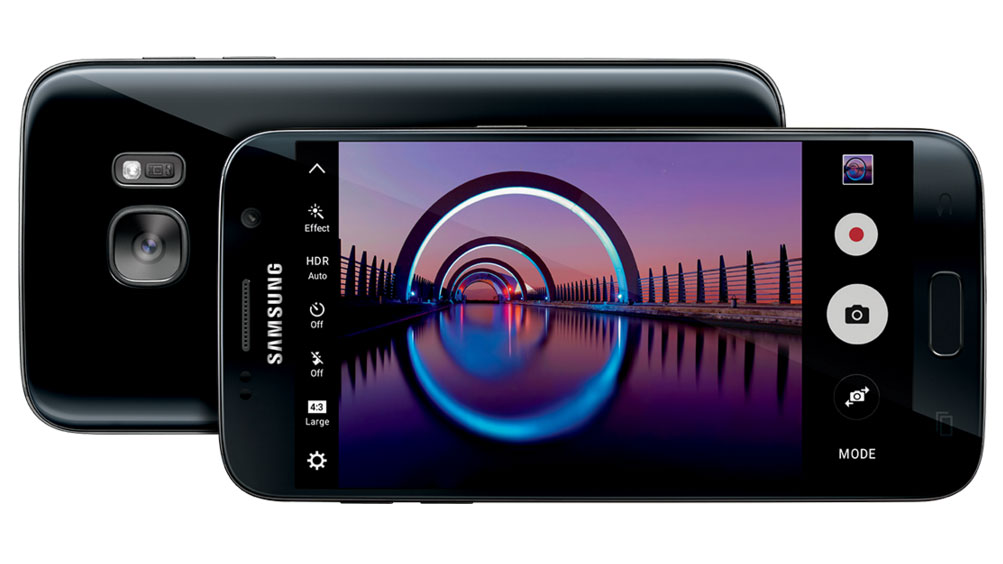
Samsung Galaxy S7 - 2016
You wait years for a five-star smartphone review, then two come at once. Typical.
Actually, it's not typical at all - especially when the phones are from the same manufacturer, but Samsung has done something special with the S7 series.
A phone you don't want to put down
With the Galaxy S7 it's taken the best bits from the S5 and S6 and produced a smartphone which hits all the right notes. The 12MP camera is superb, the design looks great and sits even better in the palm, and there's a whole heap of power (including 4GB of RAM) under the hood.
The 5.1-inch QHD display is now even brighter, it's freshened up the TouchWiz UI making Android Marshmallow easier on the eye, and the tightened up dimensions make it easier to use one-handed.
Then there's the reinstated microSD card slot and waterproof body, giving the S7 even more flexibility. All in all, it's a very tidy package...
"Samsung has tweaked the winning design from the S6, righted the wrongs of its previous flagships, and made a phone you don't want to put down" we wrote in our S7 review.
"It's no easy feat... but the Galaxy S7 has earned its place in our hall of fame."
- Read our Samsung Galaxy S7 review
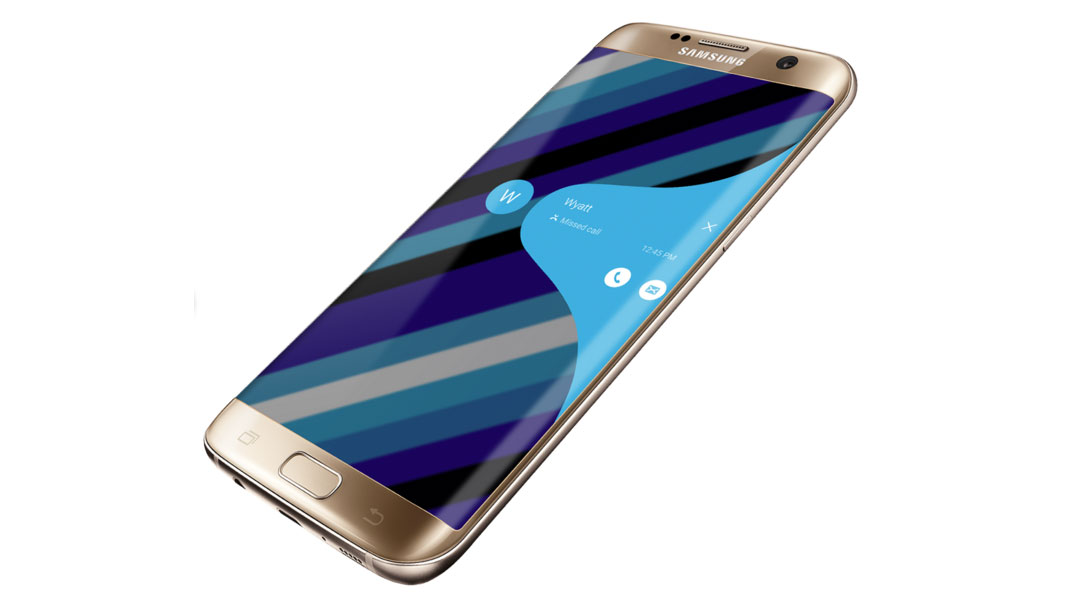
Samsung Galaxy S7 Edge - 2016
It's no surprise that our five star phones are crowned "best in the world", but when you have two five star phones at the same time what happens?
There can only be one winner, and in this case it's the Samsung Galaxy S7 Edge. It has everything the S7 has, and a few extras.
The Galaxy S7 Edge manages to delight, and stand out
At 5.5 inches the screen is bigger and, as the name suggests, a whole lot curvier. But where the curved edges were little more than a good-looking gimmick on the Samsung Galaxy S6 Edge they've become genuinely useful here, adding a variety of shortcuts and tools that can can be accessed with a swipe.
Couple that with a large 3600mAh battery (up from 3000mAh on the Galaxy S7) and it's easy to see why the Galaxy S7 Edge has, well, the edge.
"Whether it's just rolling the refined chassis around in the hand, taking pictures that look great nine times out of 10, or just enjoying the clarity and sharpness of the screen, the Galaxy S7 Edge manages to delight, and stand out in a world where new smartphones are increasingly being offered with razor-thin differences between them.
"We could always want more from our handsets… but if you're looking for a well-designed, powerful phone that actually packs some useful day-to-day features, the Galaxy S7 Edge is the one to go for."
- Read our Samsung Galaxy S7 Edge review

TechRadar's former Global Managing Editor, John has been a technology journalist for more than a decade, and over the years has built up a vast knowledge of the tech industry. He’s interviewed CEOs from some of the world’s biggest tech firms, visited their HQs, and appeared on live TV and radio, including Sky News, BBC News, BBC World News, Al Jazeera, LBC, and BBC Radio 4.